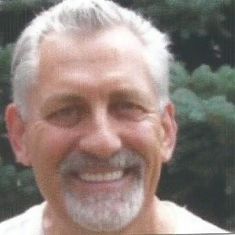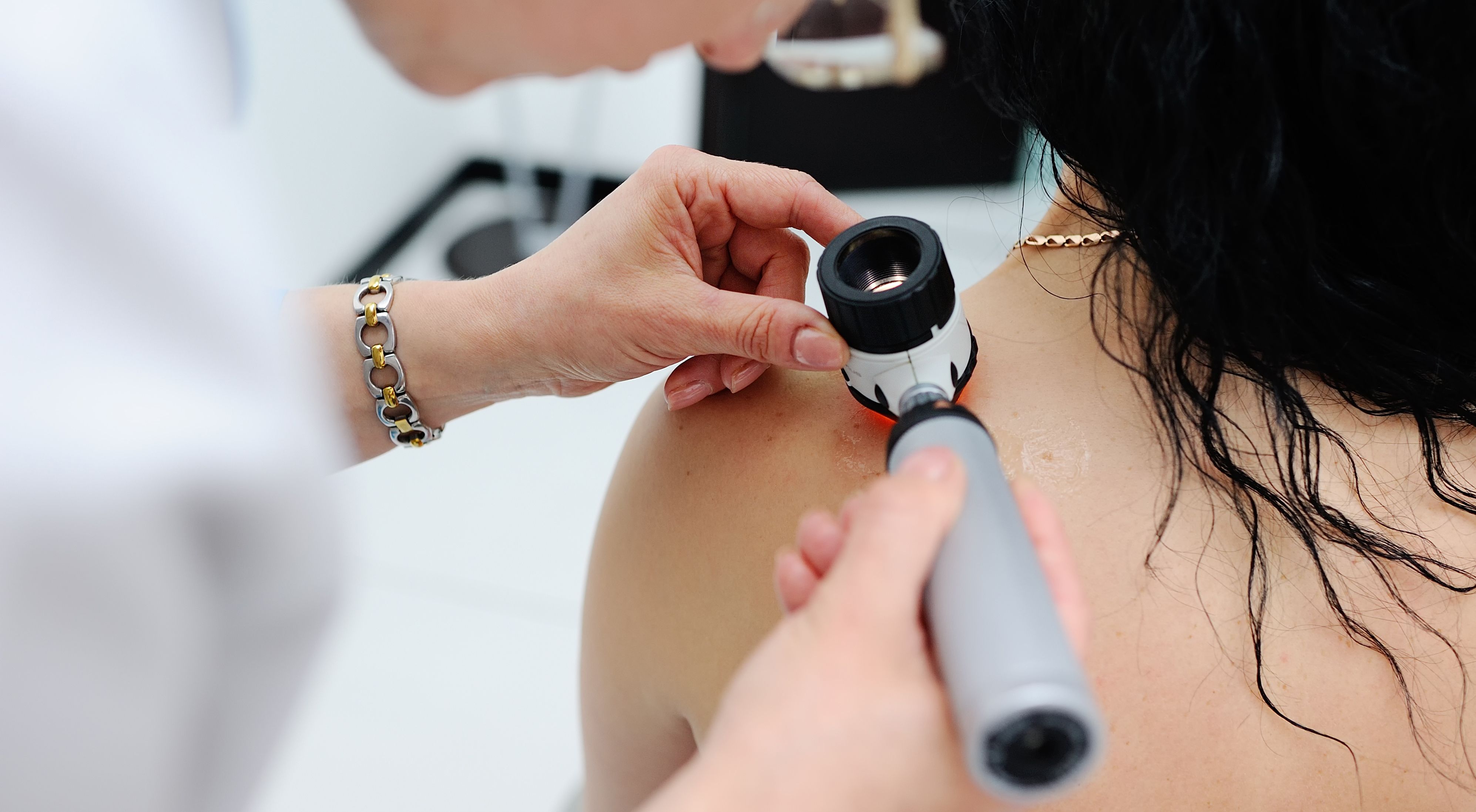Article
I Never Met Frederic Mohs
Author(s):
Although I never met Henry Ford, I am benefitting from his product every day. I never met Dr. Gladys West who pioneered the GPS system that I use almost every day. And although I never met Dr. Frederic Mohs, I am grateful to him every day for his surgical technique, the MOHS surgery.

By the time you read this, I will be 73 years old, having survived the removal of skin cancer cells that were found when I was 60 years old. I was one of those teens and 20 somethings thinking it was important to have a tan! Growing up near the “Jersey shore” is where it all began with baby oil liberally coating every exposed area of my white skin from head to toe.
We used to say “Burn, baby burn!” And we did! The skin first got 1st and 2nd degree burns, and turned red, ached, peeled. We had some pain and then maybe some darker skin. Skin is beautiful no matter what color, but why didn’t we believe that then?
Fifty years ago, when the DNA in my skin was damaged, altering its composition, it was also cumulative adding to the initial damage every time I was out in the sun. Finally, years later the squamous and basal cell carcinoma began to emerge. For some people, melanoma will subsequently develop.
Early on, over a period of several years, several small areas on my body were non-surgically removed using liquid nitrogen (cryosurgery) and light-based treatments, until it was determined that the MOHS procedure, pioneered by Dr. Frederic Mohs, was the best method to eliminate the cancerous cells showing up on my face.
In 2007, I first met Dr. J. Ramsey Mellette, Jr., a board-certified dermatologist and dermatopathologist, and Fellow of the American College of MOHS Surgery. We met at the University of Colorado, Dermatologic Surgery and Cutaneous Oncology Department after I was referred by the Colorado Veterans Administration to see an expert.
Dr. Mellette explained how he and his team were going to remove the cancer on my upper cheek by mapping out and removing not only what was visible, but also, the cancerous roots to prevent spreading to nerves, fat, cartilage and blood vessels. He said that healthy tissue would be spared, and although there were many sutures, the scarring is almost impossible to see unless I point it out.
Five years later, in 2012, he completed another MOHS procedure in a different area, again with minimal scarring and removing those cancerous cells. Dr. Mellette has now retired but along his medical trail he trained many others in the MOHS technique.
In December 2019, Dr. Mariah Brown, Director Dermatologic and Mohs Surgery, Dr. Tamar Hajar, at the University of Colorado School of Medicine, Department of Dermatology at the Anschutz Medical Campus in Aurora, Colorado, and their professional and personable team assisting, before and after surgery, removed cancerous cells from my nose.
As I write this, it has been only 6 weeks, and the healing is looking great! I am healthy, energetic, positive and upbeat, bike riding, playing tennis and basketball and I believe that I have beat the cancer that, insidiously, was getting the best of me.
So, while I have never met Dr. Frederic Mohs, I know all about his work. I also know that many professionals were trained under him — and how MOHS surgery is the leading treatment for skin cancer. I am grateful that he devised his intricate technique and taught it to specialists around the world, and especially to Dr. J. Ramsey Mellette Jr., who taught Dr. Mariah Brown, and Dr. Tamar Hajar right here in Colorado.




